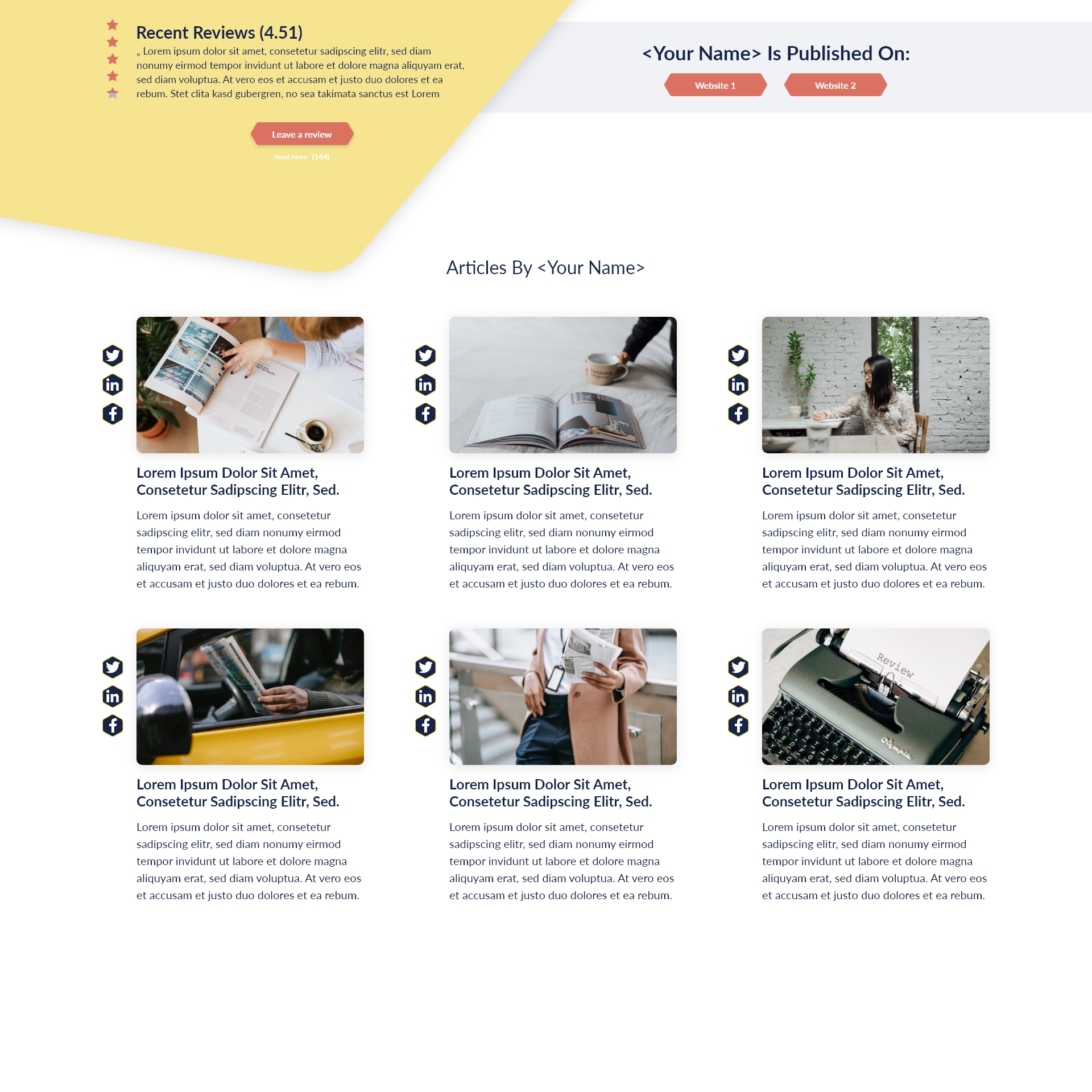Key Takeaways:
- Understanding various leadership styles can enhance team dynamics and productivity.
- Implementing practical time management strategies helps leaders balance their responsibilities effectively.
In today’s fast-paced business environment, effective motivation is pivotal to engaging employees and driving results. Recognizing that each team member is unique—stemming from different backgrounds, motivations, and personal goals—leaders must employ diverse strategies to inspire their teams. This article discusses practical ways to motivate your team effectively, enhance engagement, and foster a collaborative, productive workplace.
Understanding the Importance of Motivation
Motivation fuels productivity, creativity, and dedication in any organization. It’s not just about providing financial incentives; understanding what drives each team member can lead to more effective motivation strategies. Motivating your team requires a blend of emotional intelligence and the ability to tailor your approach to individual needs.
Why Is Employee Engagement Essential?
Employee engagement goes beyond mere satisfaction at work. It’s about creating emotional commitments and expectations between the employee and the employer. Engaged employees show higher productivity and lower turnover rates. One of the key elements of engagement is motivation; thus, understanding how to inspire your employees can significantly contribute to retaining talent.
Techniques to Effectively Motivate Your Team
Here are several practical ways leaders can increase motivation within their teams:
1. Foster Open Communication
Providing a space for open communication can enhance trust and transparency within teams. Regular check-ins and feedback loops not only keep employees informed but also make them feel valued and heard. This practice encourages team members to voice their thoughts and ideas without fear of retribution, bolstering their engagement and motivation.
2. Recognize and Reward Contributions
Recognition can take various forms, from public acknowledgments in meetings to personalized thank-you notes. Recognizing individual and team efforts fosters a sense of accomplishment and encourages ongoing performance. Implementing a reward system that highlights both performance and effort can significantly enhance motivation.
3. Set Clear and Achievable Goals
Goal setting serves as a roadmap for each team member. Clear goals that align with individual aspirations and team objectives provide direction. Utilize techniques such as SMART goals (Specific, Measurable, Achievable, Relevant, Time-Bound) to create targets that inspire and challenge employees without overwhelming them.
4. Offer Opportunities for Development
Employees are more likely to stay motivated if they see potential for growth within the organization. Investing in their development through training programs or mentorship opportunities can significantly contribute to engagement. Promoting professional development not only benefits employees but also creates a more skilled and adaptable workforce.
5. Encourage Autonomy
When individuals feel empowered to make decisions regarding their work, it produces a sense of ownership and responsibility. Allowing team members the freedom to approach tasks in their way can cultivate innovation, passion, and productivity.
Influence Leadership Style on Motivation
Understanding your leadership style can affect how well you implement motivation strategies. Whether you lean towards transformational, transactional, or situational leadership styles, your approach to motivation must resonate with your team. Adaptability is key; adjusting your style to fit the unique dynamics of your team can enhance your success as a leader.
Managing Difficult Situations: Conflict Resolution
In any workplace, conflicts are inevitable. How you navigate these situations can either demotivate or inspire your team. Developing conflict resolution skills can help leaders mediate disputes effectively. Approaching conflicts with an open mindset—prioritizing solutions over problems—can turn challenging situations into opportunities for team growth and strengthening relationships.
Monitor Stress Levels
Workplace stress can greatly hinder motivation. Keeping an eye on your team’s stress levels and introducing stress management practices, such as mindfulness exercises or flexible working hours, can benefit both employee well-being and overall productivity.
6. Build Strong Relationships
Creating an environment characterized by mutual respect and camaraderie fosters more substantial motivation. Regular team-building activities can promote personal connections, strengthening relationships. The more connected your team feels, the more motivated they are likely to be.
Conclusion
Incorporating these motivation strategies can provide a significant boost to your team’s engagement and overall productivity. By fostering open communication, setting clear goals, recognizing contributions, and encouraging professional development, leaders can create a culture where employees feel valued and motivated. Remember, effective motivation goes beyond superficial rewards; it’s about understanding and addressing the unique needs of each team member. In doing so, leaders not only bolster morale but also pave the way for their organization’s success.








